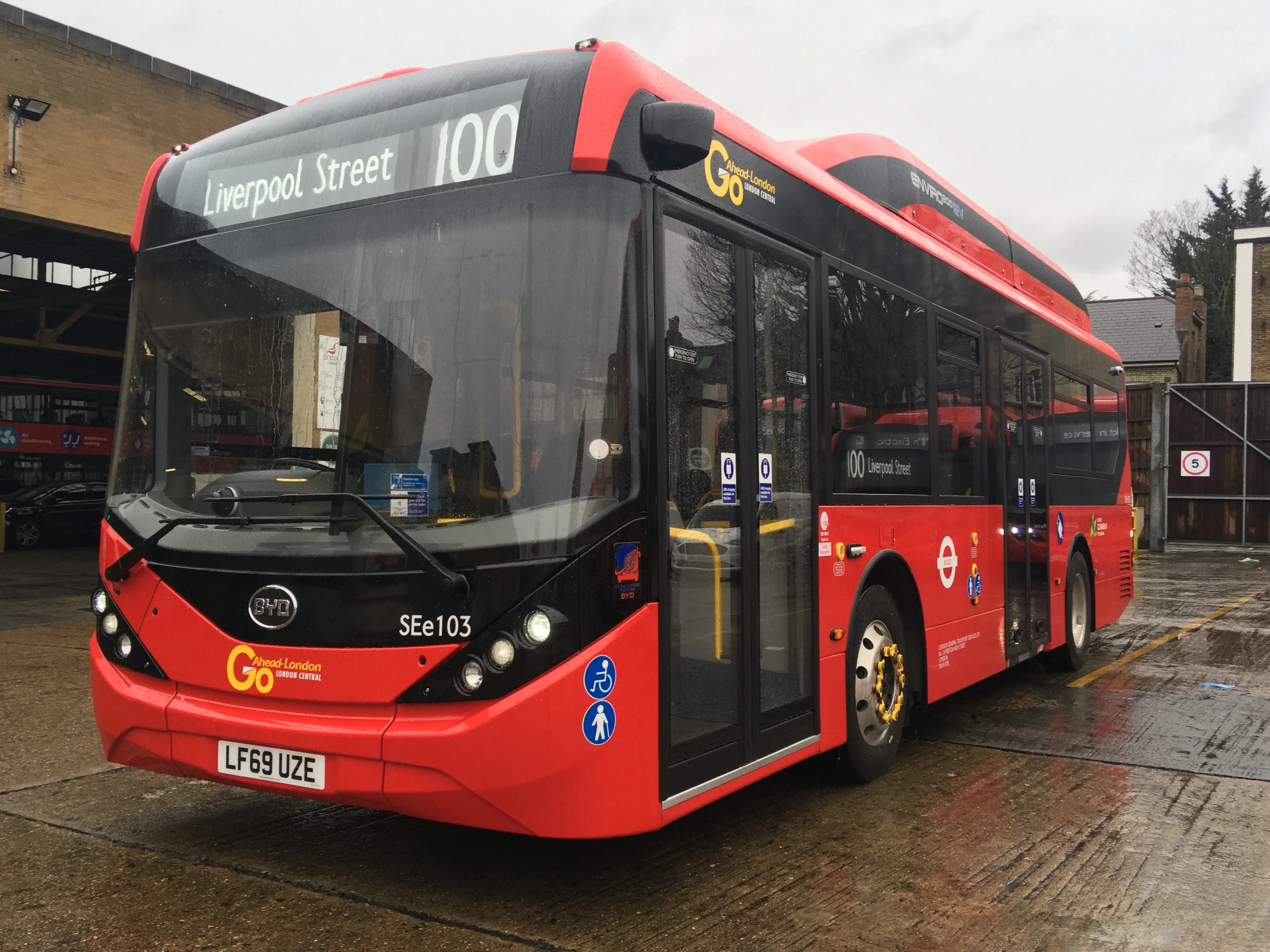New world first trials would allow TfL to better cater for cyclists at key junctions
Further on-street trials will take place later this year
TfL now given blanket approval from DfT to install low-level cycle signals at junctions
Transport for London (TfL) is to trial a new technology that will help give cyclists more time on green lights.
June 5, 2015
Read time: 3 mins
The trials, which are taking place along Cable Street on Cycle Superhighway 3, detect the numbers of cyclists travelling along a route. This enables the traffic signal timings to be adjusted to give more green time when there are high numbers of cyclists at key junctions during peak times.
The new cycle trials are testing two types of new technology - one radar-based and one thermal based, which detects the heat of riders as they enter the detection zone - to measure their effectiveness in detecting cyclists. TfL will carry out three additional trials along the cycle superhighway network to test both with different junction designs as they assess the possibility of introducing them across London.
By using the data from the detection technology, TfL plans to make the timings at the traffic signals reflect demand on a second-by-second basis, helping to provide immediate benefit to cycle flow at junctions.
The Mayor of London, Boris Johnson, said: “Once again London leads the way as we host world-first trials of technology that has the potential to bring significant benefits to cyclists. With record numbers taking to two wheels we are doing everything we can to make our roads more inviting places to be. This is another great example of how TfL can harness the power of innovation to help make it easier for everyone to get around our city.”
Garrett Emmerson, Chief Operating Officer for Surface Transport at TfL, said: “These hugely innovative trials are another major step forward to create roads designed for all types of road users. By having traffic signals that are able to detect when there are high numbers of cyclists waiting at junctions, we can ensure they are given adequate time and safe passage through the junction, balancing the needs of everyone.”
The new cycle detection trials build on the Pedestrian SCOOT trials, which provide more time to safely cross the road when there are large volumes of pedestrians.
Subject to the outcome of these further trials, TfL will look to expand the use of the technology as part of wider cycle infrastructure investment in the capital as well as integrating it into London’s sophisticated traffic signalling system SCOOT (Split Cycle Offset Optimisation Technique). SCOOT already manages vehicular traffic flows across London on a second-by-second basis.
The announcement also comes as TfL receives blanket approval from the
British Cycling's Campaigns Manager, Martin Key, said: "It is great to see that low-level traffic lights can now be installed more widely across London. They have been used successfully across Europe and make it easier for cyclists to know when it is safe for them to ride through the junction. Transport for London is again leading the way and these lights, plus other cycle friendly measures, should be available to use not only in the capital but across the whole country over the next couple of years.”









